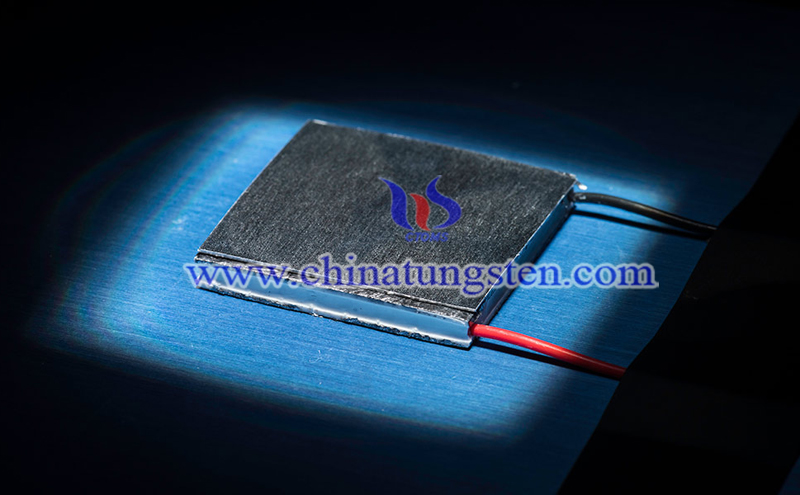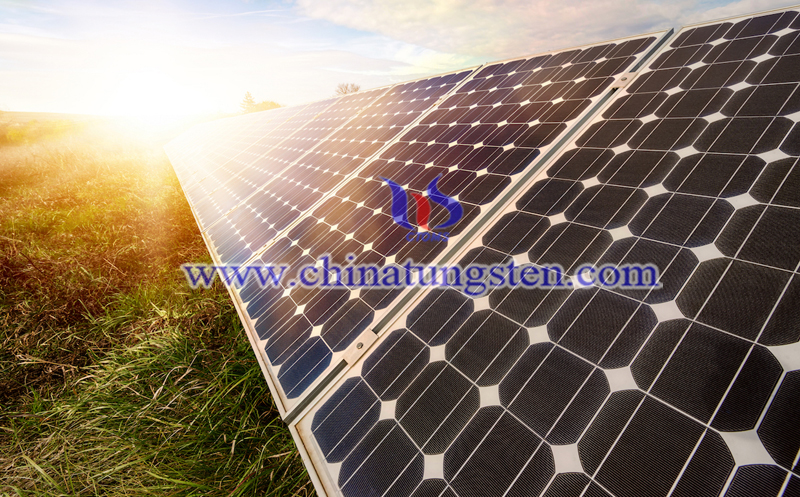Laser-Etched Tungsten Improves Solar Energy Absorber Efficiency by 130%
- Details
- Category: Tungsten's News
- Published on Friday, 14 February 2020 21:43
Professor Chunlei Guo and his team from the University of Rochester School of Optics have used powerful femtosecond laser pulses to etch tungsten surface with nanoscale structures, which has increased the solar energy absorber efficiency by 130%, making it a perfect solar absorber. Related results were published in the journal Light: Science and Application.

Guo introduced that the surface not only enhances the ability to absorb energy from sunlight but also reduces heat loss at other wavelengths, which is actually "the first time that a perfect metallic solar absorber has been manufactured." In addition, the team demonstrated the use of solar energy with thermal power plants. "This is useful for any solar absorber or collection device, especially in sunny places."
The team experimented with metals such as aluminum, copper, steel, and tungsten, and found that tungsten, commonly used as a thermal solar absorber, had the highest solar energy absorption efficiency when treated with the new nanoscale structures. Researchers have found that, compared to untreated tungsten, after etching, its power generation efficiency is increased by 130%, and the energy lost in the form of radiant heat is also reduced.
The lab has also used the femtosecond laser etching technology to create superhydrophobic (water repellent) and superhydrophilic (water-attracting) metals. In November 2019, Guo’s lab reported creating metallic structures that do not sink no matter how often they are forced into water or how much it is damaged or punctured.

Before manufacturing hydrophilic and hydrophobic metals, Professor Guo and his assistant Anatoliy Vorobyev demonstrated the use of femtosecond laser pulses to turn almost any metal pitch black. Surface structures created on metal are very effective at capturing incident radiation (such as light). They captured light over a wide range of wavelengths.
Subsequently, his team used a similar process to change the color of various metals, such as blue, gold, and gray, in addition to the black that has been achieved. These applications may include manufacturing color filters and optical spectral devices, car factories that use a single laser to produce different colors. Engraving full-color photos of homes into the refrigerator door, or making blue solid gold rings.
In femtosecond laser technology and black or colored metal technology, the team formed a unique array of nano- and micro-scale structures on the surface of a regular tungsten filament, so that the bulb can emit brighter light with the same energy consumption.
- Tungsten Manufacturer & Supplier, Chinatungsten Online: www.chinatungsten.com
- Tungsten News & Prices of China Tungsten Industry Association: www.ctia.com.cn
- Molybdenum News & Price: news.molybdenum.com.cn
- Tel.: 86 592 5129696; Fax: 86 592 5129797; Email: sales@chinatungsten.com



 sales@chinatungsten.com
sales@chinatungsten.com